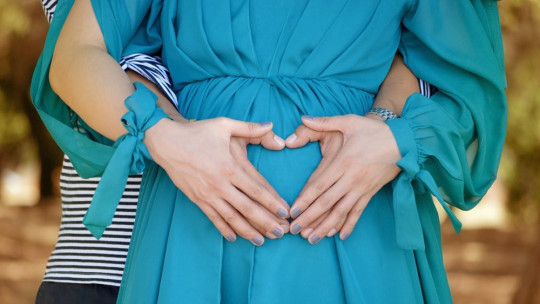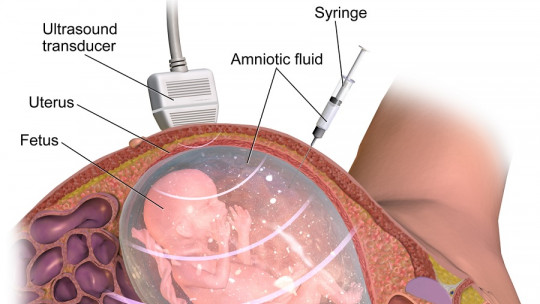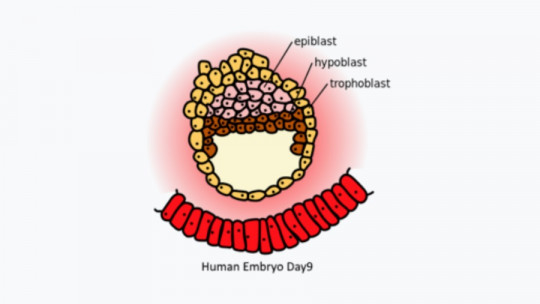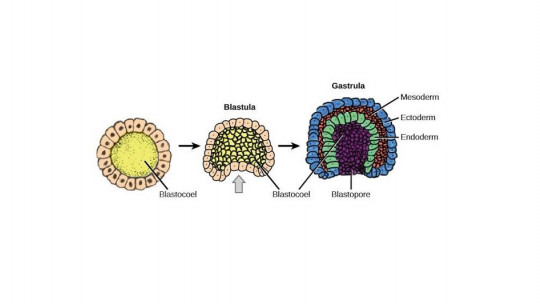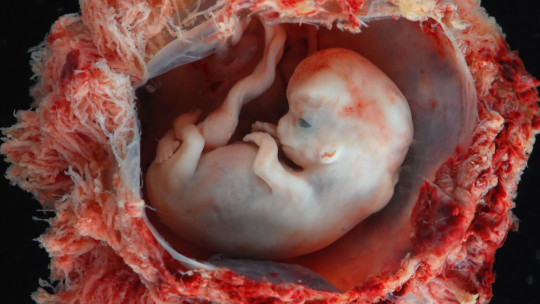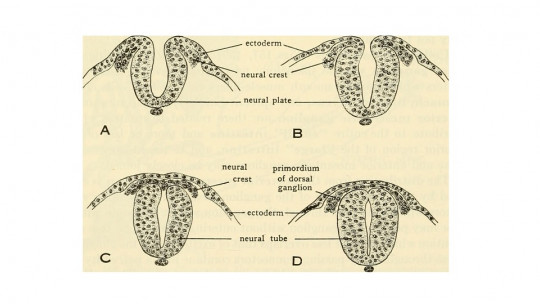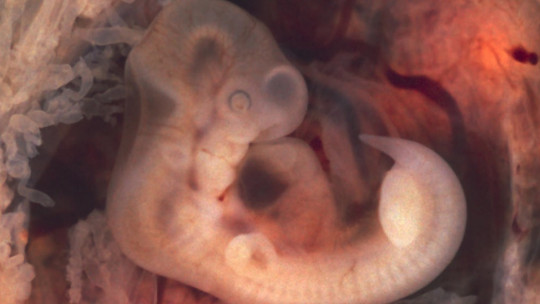
During the nine months that pregnancy normally lasts, the fertilized egg develops following a series of phases: the pre-embryonic, the embryonic and the fetal The concept of “prenatal” or “intrauterine” development is used to refer to these three stages as a whole, although the transition from one to another is progressive and the distinction is of a practical nature.
In this article we will analyze the process by which the embryo becomes a baby throughout the phases of intrauterine development Although childbirth is understood by many people as the milestone that marks the beginning of growth, postnatal development is largely a natural continuation of that which takes place in the womb.
Main phases of intrauterine development
The chain of biological stages that go from the fertilized egg to the formation of the fetus are as follows.
1. Pre-embryonic period
The pre-embryonic phase of intrauterine development, which It is sometimes also called the “germinal phase.”, is the shortest of the three: it lasts from fertilization until the second week. Since pregnancy is usually not detected until after approximately a month, the woman is not yet aware of fertilization.
During this period of time, the fertilized egg (known as a zygote) descends through the fallopian tube until it reaches the uterus, where it implants approximately between the eighth and tenth day of gestation. When this happens, the placenta begins to develop.
During this process the zygote self-replicates repeatedly. This division gives rise first to the morula and later to the blastula names given to the set of cells that will give rise to the embryo depending on their degree of development.
During the first week the future embryo does not grow because it is contained within the zona pellucida, a layer of glycoproteins. Subsequently, once implanted in the uterus, it will begin to develop rapidly through a process of cellular differentiation.
The presence of external harmful agents (teratogens) such as infections, maternal diseases or certain substances, can cause spontaneous abortions or not affect the pre-embryo at all if it occurs during this phase of prenatal development.
2. Embryonic period
From the third week of gestation onwards, the embryo is known as a gastrula. The cell layers of the blastula have differentiated to the point of giving rise to the three structures from which the baby’s body will form: the ectoderm, the mesoderm and the endoderm.
Throughout intrauterine development The ectoderm will give rise to the nervous system and the epidermis Bones, muscles and the circulatory system will emerge from the mesoderm. For their part, the endoderm cells will differentiate as cells of the respiratory and digestive systems.
The embryonic period is considered to last up to eight and a half weeks of gestation; Although there is no specific point that distinguishes when the embryo becomes a fetus, shortly after two months it is already possible to identify a future baby.
During this phase the embryo acquires basic physical traits, both internally and externally. Thus, the head, face, limbs, body systems and internal organs begin to develop, and the first movements also appear.
Intrauterine development follows the cephalo-caudal and proximal-distal principles; This means that the upper parts of the body mature first, as well as those closest to the spinal cord. Broadly speaking, this pattern will continue in growth during the first years of life.
In the embryonic period the future baby is very vulnerable to teratogens ; Since fundamental organs and systems are developing, harmful agents can cause irreparable damage to them by disrupting their normal growth.
3. Fetal period
In the fetal stage, the development of the fundamental structures of the body, which were already present at the end of the embryonic period, continues and is consolidated. This is the longest stage of intrauterine development, covering from the ninth week until the moment of delivery
Biological sex manifests itself during the fetal period through the progressive differentiation of sexual organs. However, it is determined from fertilization, since it depends on whether the successful sperm carries an X or Y chromosome; In the first case the baby will be a girl and in the second a boy, although there is some variability in this sense.
In this period the body of the fetus prepares for survival outside the womb Among other aspects, the immune system is strengthened by obtaining maternal antibodies and a layer of fat appears on the skin with the function of keeping the body at a stable and adequate temperature.
The effects of teratogens are milder in the fetal period than in the embryonic period. The body’s tissues are already formed, so the potential interference with their development is less, although it is still common for growth delays and chronic defects of varying severity to occur due to teratogens.


